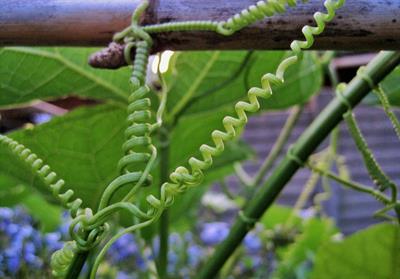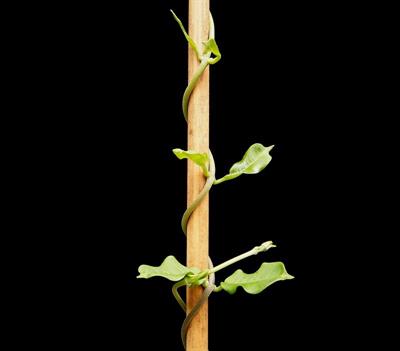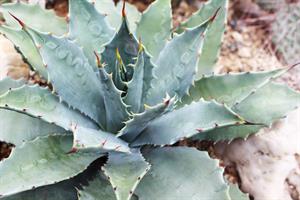
PUMPA - SMART LEARNING
எங்கள் ஆசிரியர்களுடன் 1-ஆன்-1 ஆலோசனை நேரத்தைப் பெறுங்கள். டாப்பர் ஆவதற்கு நாங்கள் பயிற்சி அளிப்போம்
Book Free DemoPlants to overcome environmental hardships and to survive in the habitats tends to develop special features. Such features are called plant modifications.
Let us see three different plant modifications and adaptations in this sub-topic.
1. Tendrils:
Tendrils are slender, delegate but helpful leaf modifications. These tendrils help the plant in getting a grip to climb.
Example:
a. Sweet peas develop their leaflets as tendrils
b. Bitter gourd develop its axillary buds as tendrils.
b. Bitter gourd develop its axillary buds as tendrils.

2. Twiners :
In the case of twiners the plant stem help the plant to twine around the surface to climb.
In the case of twiners the plant stem help the plant to twine around the surface to climb.
Example:
Morning glories, pole beans, honeysuckle and clitoria.

3. Thorns:
In some plants there are sharp pointed structures called "thorns or spines". These are actually leaves. They help the plant in two ways.
a. To reduce evaporation from the leaves
b. To protect the plant from danger.
In some plants there are sharp pointed structures called "thorns or spines". These are actually leaves. They help the plant in two ways.
a. To reduce evaporation from the leaves
b. To protect the plant from danger.
Example:
Agave, in which the entire leaf margin becomes thorns. In opuntia, a desert plant the entire leaves are modified in to spines. However, in bougainvillea, there were sharp thorns found in the stem.

Agave plant with the spines in the leaf margin
Reference:
Image credit:
Tendrils : Free image from public domain pictures; https://www.publicdomainpictures.net/pictures/70000/velka/tendrils-of-a-climber.jpg
Twiners : Free image from Wikipedia; https://upload.wikimedia.org/wikipedia/commons/5/52/Fockea_edulis_07_ies.jpgThorns : Free Image by Nika Akin from Pixabay ; https://pixabay.com/photos/green-one-agave-plant-succulent-5136258/